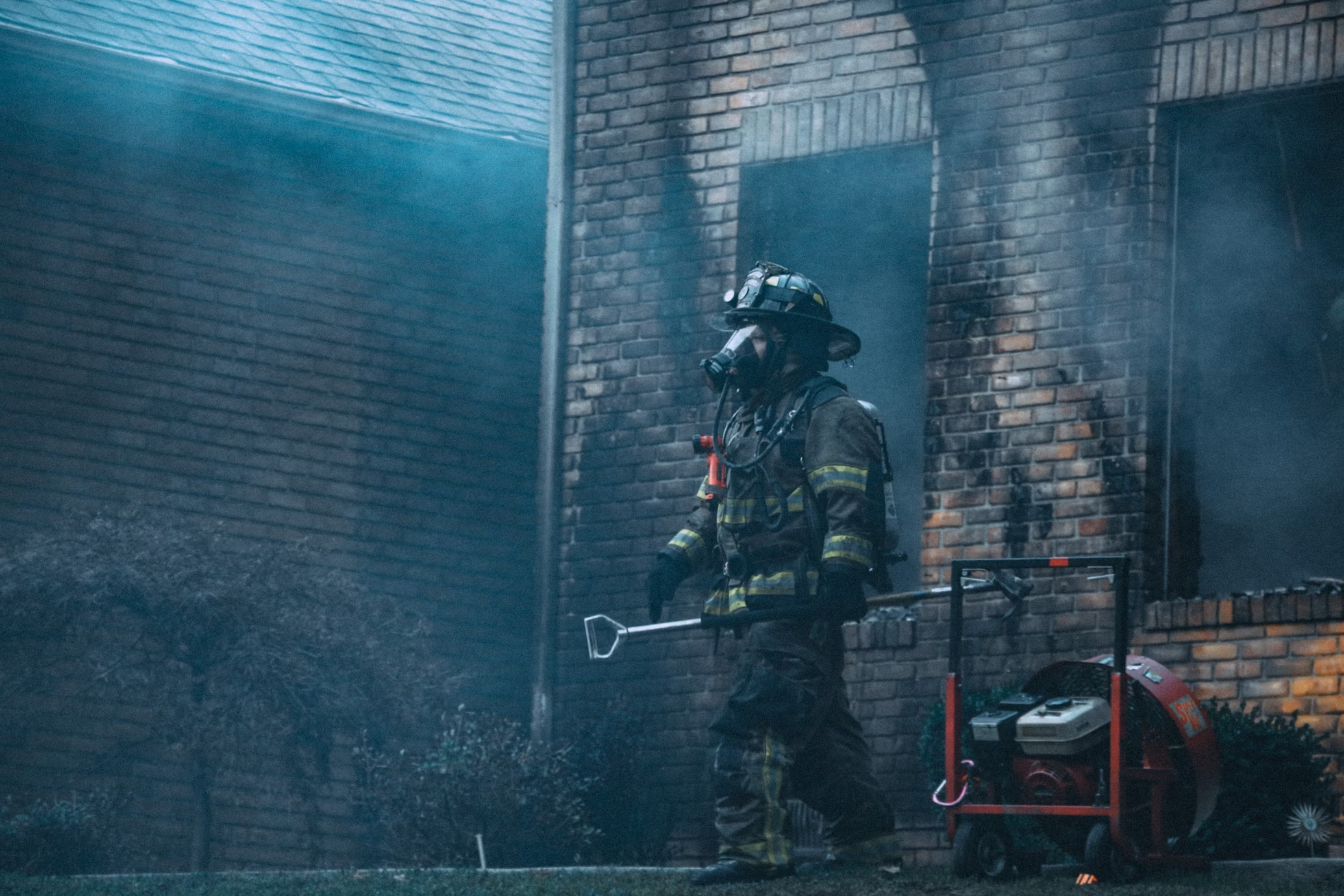Brave firefighters who control dangerous fires using firefighting foam, or AFFF (aqueous film-forming foam), experience severe health hazards. This toxic foam contains PFAS, which, if inhaled for a prolonged period, can lead to fatal cancers.
PFAS is also called ‘forever chemicals’, which means it doesn’t get broken down over time. Neither does it get dissolved in water. Instead, it persists in nature and the human body, causing harm to both. Since firefighters must carry on with their jobs, their safety is crucial.
Hence, fire departments must use proper tactics to reduce AFFF exposure. To learn more, keep reading this article.
Firefighters’ Health at Risk Due to AFFF Exposure
In 2022, the Environmental Working Group mentioned that the EPA (Environmental Protection Agency) released new data about AFFF exposure. It revealed that there had been nearly 900 spills of the toxic firefighting foam to date across the U.S.
Therefore, PFAS is present in everyone’s blood, including newborns. Minimal amounts of this chemical have been linked to a suppressed immune system. Other health problems include high cholesterol, an increased risk of cancer, and reproductive issues, such as reduced fertility in women.
In June 2024, AboutLawsuits.com reported the tragic story of Ricky Cranford, Sr., a firefighter based in Arkansas who was diagnosed with kidney cancer because of PFAS exposure. In his AFFF foam cancer lawsuit, Cranford shared he was exposed to this harmful foam during response exercises and training sessions throughout his firefighting career. He added in his complaint that the defendants didn’t issue any warning about the cancer-causing chemicals present in the toxic foam.
Instead, the AFFF manufacturers made false statements and used deceptive marketing tactics to make firefighters worldwide believe that their products were safe. That, in reality, was far from the truth. As a result, today Cranford is one of several firefighters pursuing damages from multiple safety equipment and chemical manufacturers to cover the losses he endured.
Other than receiving the compensatory amount, filing a lawsuit helps firefighters raise awareness about the health hazards of PFAS exposure. It might also urge fire departments to think about ways to safeguard their employees and staff from the toxic foam.
Tips to Limit AFFF Exposure at Work
Fire departments must implement practices to keep their employees safe. TorHoerman Law suggests it is necessary because ‘forever chemicals’ persist in the human body and nature, causing harm to both. The most common cancers in firefighters related to AFFF exposure are testicular, prostate, pancreatic, and kidney cancer. Other types include thyroid, rectal, liver, colon, and breast cancer as well.
Hence, it is crucial to implement useful tactics to limit PFAS exposure at work. The correct measures to rely on are:
Using Fluorine-Free Foams
Fire departments should search for an effective AFFF alternative to limit PFAS exposure. The F3, or fluorine-free foams are in the news because they are environmentally friendly. They are free from fluorinated surfactants, which eliminates the risk of fatal cancers and environmental hazards. F3 can effectively control the intensity of Class B fires. Recently, their excellent performance earned them a place in fire departments across the globe. Chiropractor
Managing AFFF Spills Effectively
If AFFF is spilled, firefighters must wash off their devices, including PPE, on site. It’s best to take a shower and wear clean clothes. It is also necessary to examine the facility or site and install barriers such as dikes, berms, trenches, or booms to avoid PFAS discharge. It’s equally important to collect used AFFF during emergency operations to prevent it from getting released in the environment.
Storing AFFF Properly
Correct storage of AFFF reduces the chances of accidental spills and discharges and extends the shelf-life of the foam. Store the firefighting foam by following the instructions specified by the manufacturer. Make sure that the AFFF containers don’t freeze. Therefore, keep them in a covered area at ground level on a surface made of asphalt or concrete.
It is essential to store the foam in its original shipping containers, plastic barrels, double-walled storage tanks above the ground, or robust 55-gallon drums.
Implementing Correct AFFF Training Protocols
Fire department chiefs must train firefighters adequately on environment and safety protocols. That means firefighters must wear their protective gear, which might not be limited to work gloves.
Implementing Correct AFFF Disposal Tactics
It is necessary to have a correct approach to dispose of AFFF. Typically, the foam gets dumped in dangerous waste landfills. In certain U.S. states, such as Michigan, AFFF disposal options include municipal waste landfills, incinerators, and PFAS treatment facilities.
Summing up, the dangers of AFFF exposure have led many states in the U.S. to ban it. A few names include Vermont, New York, New Hampshire, California, Minnesota, Maine, Colorado, Illinois, and Connecticut. Also, the revised National Defense Authorization Act in 2023 urged the need to look for AFFF alternatives.
Furthermore, the DOD (Department of Defense) needs to work towards phasing out the military use of PFAS by October 2024. Until that happens, fire departments must recognize the dangers of AFFF and implement ways to limit its exposure at work premises.






